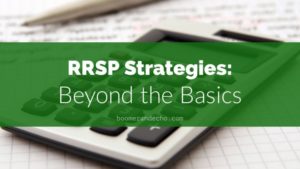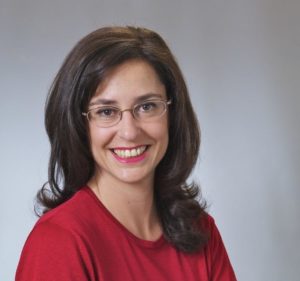 If you’re a senior, the holy grail in retirement is to have as much tax-free retirement funds as possible.
If you’re a senior, the holy grail in retirement is to have as much tax-free retirement funds as possible.
My latest MoneySense Retired Money column looks at this goal: Click on the highlighted text to access the full piece: How Seniors can use TFSAs to have more in retirement.
This site has always been a strong proponent of Tax-free Savings Accounts (TFSAs) for young people. Starting at age 18, TFSAs are great vehicles for accumulating short-term savings for goals like saving a down payment for a home, buying a new car, or even going on to post-graduate studies or starting a business. And unlike RRSPs, the $5500 annual contribution room for TFSAs does not require having earned income the previous year. So as of next week, with the arrival of 2018, it’s highly advisable to add another $5,500 to your TFSAs. But not just if you’re young!
The MoneySense column makes the point that TFSAs are equally desirable for seniors in retirement, or for those in semi-retirement who are preparing for full retirement.
Why? First, unlike the RRIFs that many RRSPs become, and which generate taxable income, TFSAs generate no taxable income: neither on the withdrawals nor the investment income (whether dividends, capital gains or interest). In addition, TFSAs do not trigger clawbacks of means-tested government retirement income programs like Old Age Security or the Guaranteed Income Supplement.
But there’s another big benefit TFSAs confer on seniors and retirees: ongoing tax-sheltering of investment income well beyond age 71. In contrast, you can no longer contribute to RRSPs after the year you turn 71 and cannot contribute new money to RRIFs: they’re strictly vehicles that shelter what you’ve got until the next forced annual withdrawal limit, which escalates over time from 5.28% at 71 to 20% a year once you reach 95.
Unlike RRSPs and RRIFs, seniors can continue to add to their TFSAs each and every year even after age 71. Even if you live past 100, as my friend Meta has (and who, as the column relates, continues to use the TFSA herself!)
Two ways seniors can get money for TFSAs without having to find “new” money







